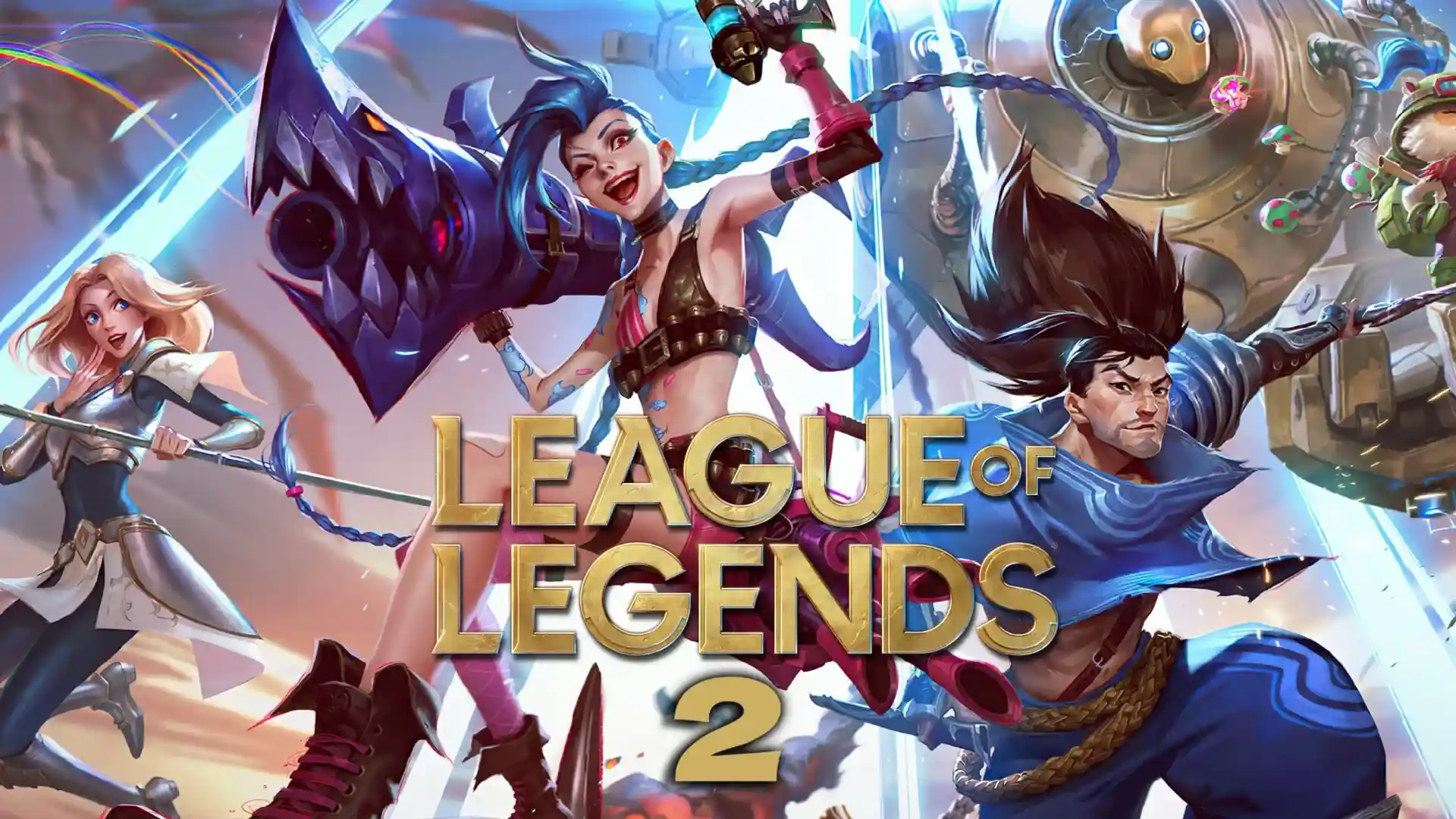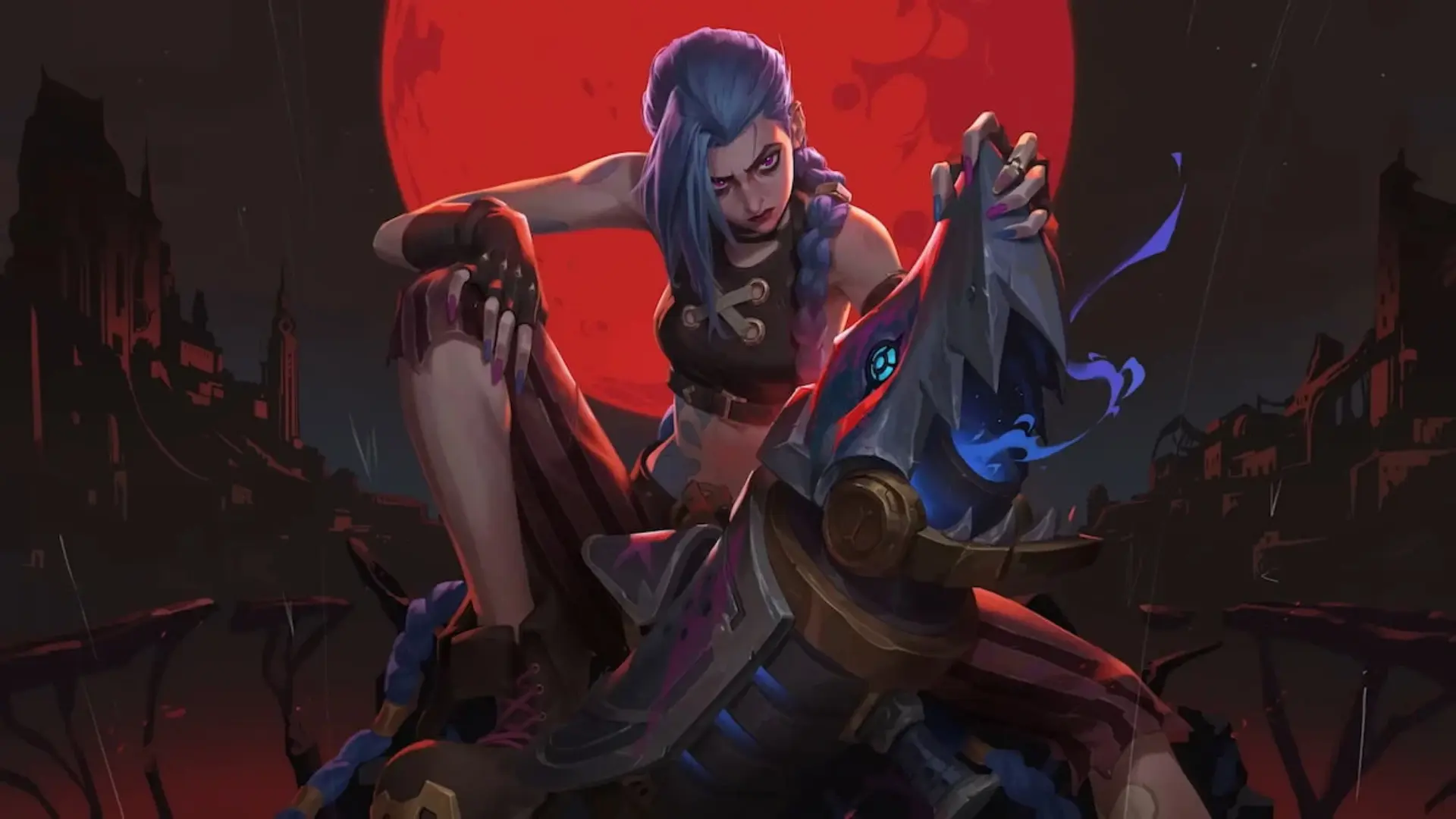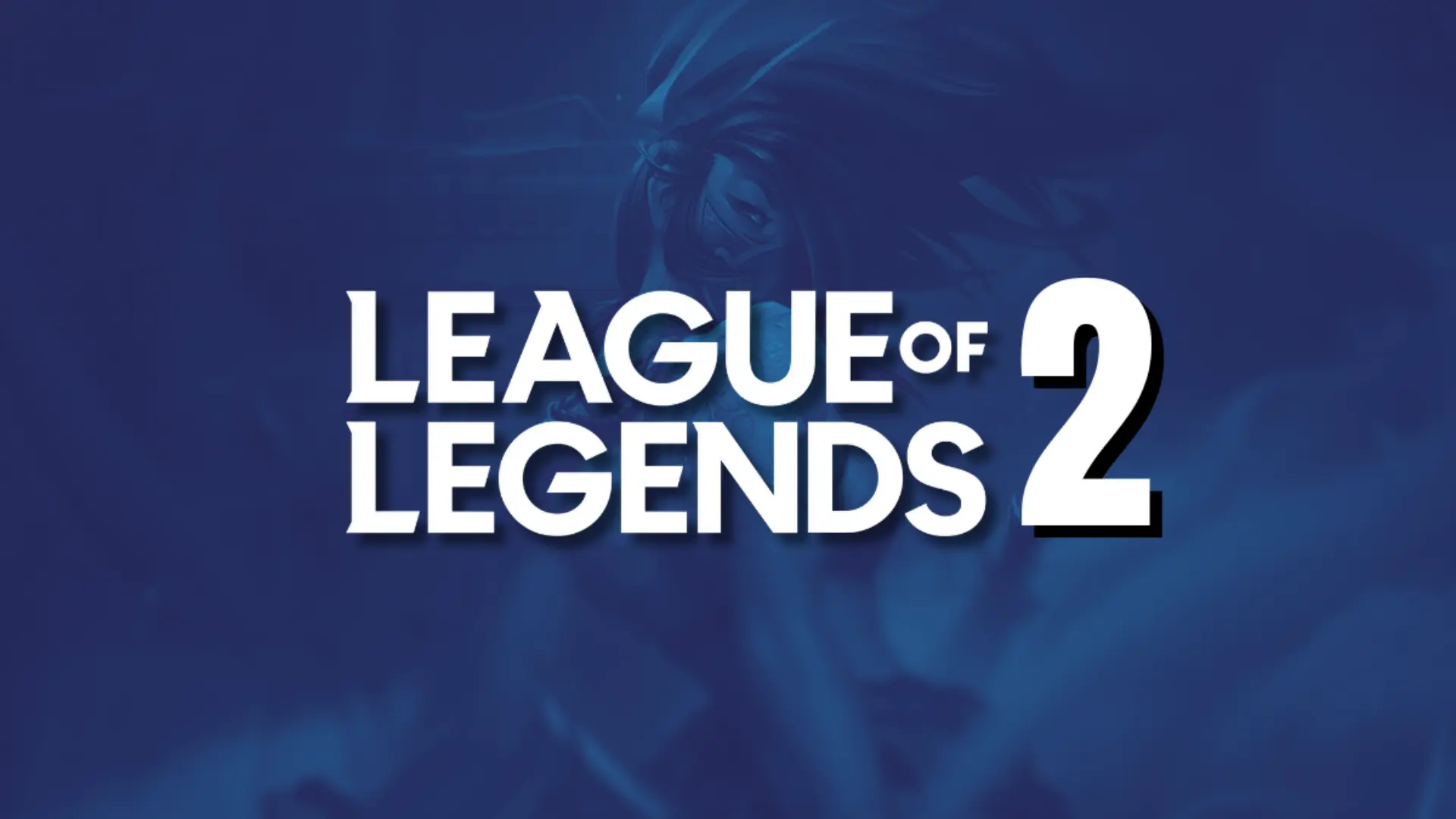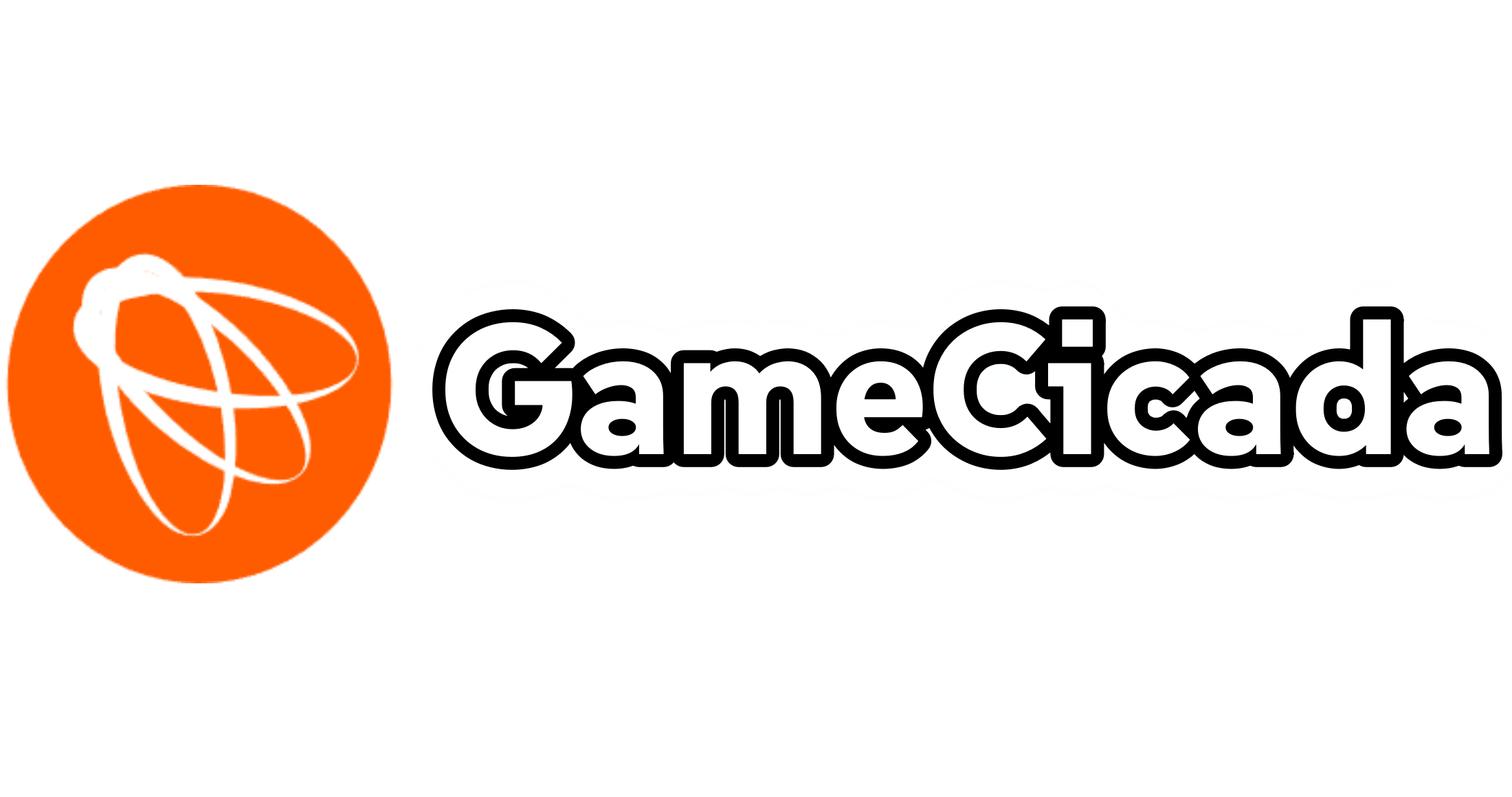
League of Legends 2: Rumors & Key Details Guide
League of Legends is a cultural fixture: a 2009 title that still anchors esports calendars and online friendships. But the same longevity means technical debt: legacy engine constraints, scattered subsystems, aging UI pipelines, and the occasional desync/hit-reg complaint that erodes trust. Entertainment modes like ARAM or rotating brawls keep energy up—but they don’t fix core headaches. A sequel (or platform-scale rebuild) is the moment to repay that debt.
The north star is simple: keep the reading and rhythm of LoL intact while upgrading every invisible layer that touches fairness and feel.

1) The Tech Rebuild: From “Works Most of the Time” to “Trust by Design”
Engine & Rendering
- Modern renderer with a strict budget for post-processing, predictable lighting, and anti-aliasing tuned for thin silhouettes (minion/skill clarity first).
- Deterministic simulation rails where possible: fewer “edge” outcomes under latency; predictable skillshot resolution at high tick rates.
- Platform concurrency: CPU thread scheduling for ability scripts, particles, and input; GPU workload isolation for FX-heavy team fights.
Netcode & Hit Registration
- Authoritative server on skill outcomes; client-side prediction only for movement feel, reconciled quickly to prevent “rubber-band” spell hits.
- Clear queues for projectiles vs dash/blink interactions; publish a “netplay spec” so players understand why rare outcomes occur.
Client Stability
- Kill “spaghetti code” paths; enforce module boundaries and logging that surfaces root causes—not just stack traces.
- Hot reload for UI and tooltip assets reduces patch risk and speeds QC.
Player benefit: higher FPS stability in 5v5 fights, fewer “I swear I dodged that” moments, and less time lost to silly client crashes.
2) Account, Champions, and Skins: Migration Without Heartburn
Goodwill hinges on what transfers over. Here’s a pragmatic design:
| Asset | Migrate? | How | Edge Cases |
|---|---|---|---|
| Champions | Yes | One-to-one ID mapping | Reworked kits: give “legacy variant” in custom/ARAM if main kit changes drastically. |
| Skins | Yes (best effort) | Shader/particle pass to new engine | FX that break readability: offer re-arted equivalent + legacy lobby showcase. |
| Emotes/Icons | Yes | Direct asset port | Animated formats may need transcoding. |
| Runes/Mastery | Partial | Grant currency + recommended presets | Systems revamp makes 1:1 mapping noisy. |
| Match history | Optional | Summary import | Full port is heavy; keep milestones. |
Compensation logic: If a skin can’t be ported 1:1 without harming readability, provide a polished successor, keep a non-match legacy viewer for nostalgia, and add a small currency grant.

3) Esports: If Coach Comms Go Live, the Game Changes
What It Could Mean
- Macro clarity—coaches call timers, tempo trades, and reset syncs; fewer solo “hero calls,” more system play.
- Staffing shifts—analytics coaches with comms discipline become premium; scrim culture formalizes “playbook” calls.
- Broadcast depth—select coach voice lines (delayed) add context to objectives, drafts, and “why they waited.”
Integrity & Rules
- Define who speaks when, how often, and via what channel; penalize overreach (e.g., during technical pauses).
- Referees monitor comms logs; standardized equipment reduces “my headset failed” excuses.
4) Anti-Cheat: Detection > Permission

A sequel must assume adversaries have kernel-level tricks. The answer isn’t “more invasive” alone; it’s better detection and forensics:
- Behavioral fingerprints (aim/skill timing distributions) with human review to avoid false bans.
- Secure replay hashes for post-match audits and tournament disputes.
- Transparent appeal pipeline with turnaround SLAs.
5) Live Ops, Balance, and Readability
- Patch calendars that respect pro splits and casual events; freeze windows before majors.
- Readability trumps sparkle: particle brightness caps, sound mix standards, colorblind-first modes.
- Public change rationale—a one-paragraph “what problem we’re solving” per adjustment.
6) Community Modes: Keep the Fun, Don’t Mask the Problems

ARAM, Arena-style brawls, and chaotic labs are great—but they can’t be a smokescreen. The sequel should ship with:
- Low-friction queues that don’t starve ranked MMR accuracy.
- Creator hooks—spectator APIs, shareable highlights, and “readable” UI overlays for streams.
- Performance presets per mode so weaker machines don’t crumble in FX-heavy arenas.
7) Common Myths & Real Risks
- “New engine = auto-fix.” Not unless code boundaries and QA discipline change.
- “Keep all skins exactly the same.” Some FX must change for competitive readability; compensate fairly.
- “Coach comms will script games.” They reduce random throws, but execution and mechanics still decide fights.
- “Kernel anti-cheat solves cheating.” It helps, but smart detection and appeals are the real backbone.
8) Player-First Rollout Roadmap (Hypothetical)
| Phase | What Ships | Why It Matters |
|---|---|---|
| Tech Preview | Training Tool, Custom, ARAM; migration login; performance telemetry | Shake out client/engine without risking ranked. |
| Season 0 | Ranked soft launch; limited champ pool; conservative balance patches | Test MMR integrity, netcode, and champ kit ports. |
| Season 1 | Full champ roster; esports preseason; formal coach comms rules (if adopted) | Stabilize the competitive ecosystem before majors. |
Accessibility & Page Experience
- Ship with strong colorblind palettes, subtitle options, and input remapping.
- Provide performance presets that cap costly FX and maintain 60+ FPS on modest hardware.
- Keep UI text scalable and readable on 1080p monitors common in net cafés and dorms.
Bottom Line
“League of Legends 2” doesn’t need to reinvent the game millions love. It needs to upgrade the invisible layers that create trust: engine, netcode, hit-reg, client stability, and competitive integrity. If skins and accounts migrate cleanly—and if esports rules like coach comms are thoughtfully adopted—the sequel can feel like coming home to a house that finally has new wiring, not a stranger’s mansion with shiny floors.
For players, the key questions to watch are simple: What exactly migrates? How do they fix readability and netcode? What’s the appeals process when the anti-cheat bites? Get those right, and a second decade of highlight reels is very much on the table.

FAQ
Is “LoL 2” officially announced?
Treat it as a working label and community shorthand. The analysis here focuses on what matters if/when a sequel-scale rebuild happens.
Will my skins transfer?
Any healthy plan must include broad skin migration. Expect exceptions for FX that break readability—handled via re-arted successors and compensation.
Will gameplay change a lot?
It shouldn’t. The biggest wins are tech quality, stability, and fairness—not reinventing the 5v5 macro that works.
What about coach comms?
If legalized in-match, expect tighter macro and clearer responsibility. It needs strict rules, logs, and broadcast-friendly transparency.

